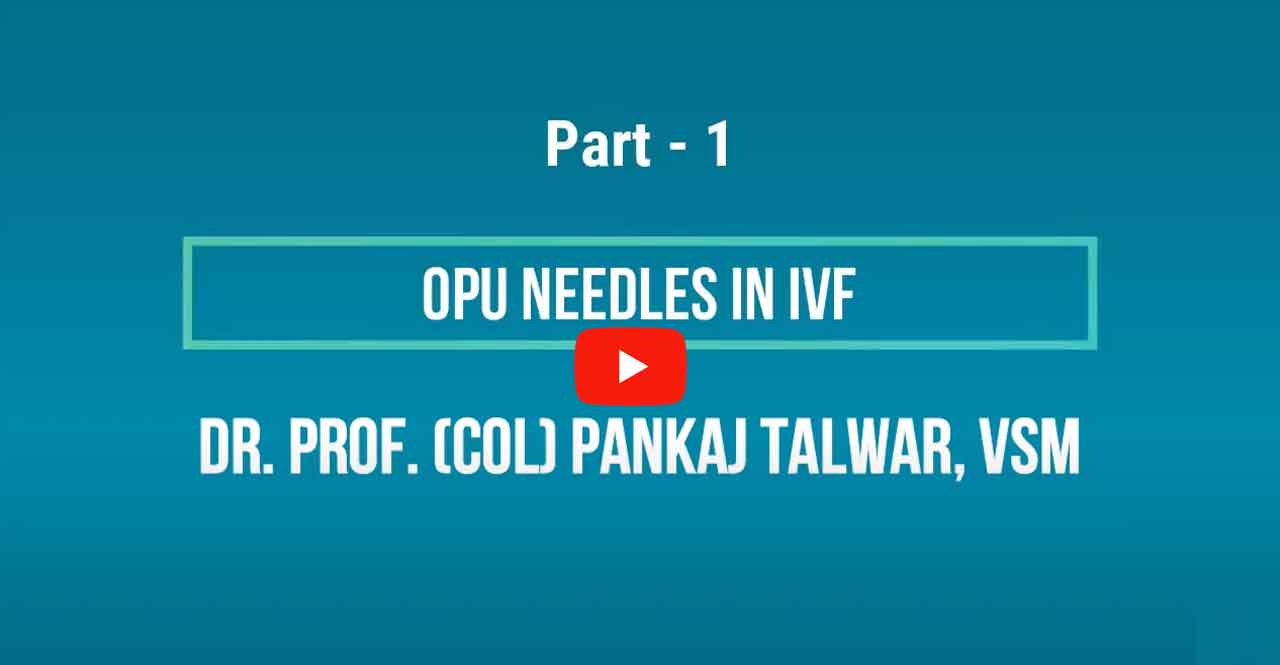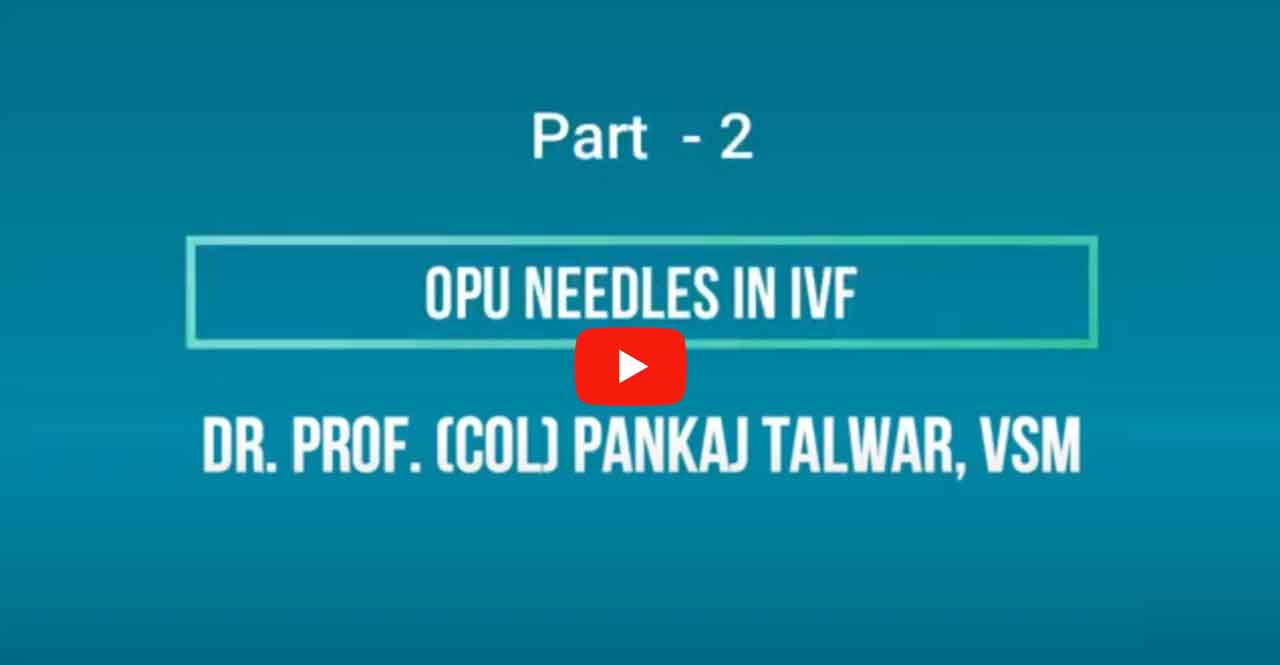

Introduction to OPU Needles and Their Importance in IVF
OPU Needles
Essential tools for the aspiration of oocytes from ovarian follicles during OPU
- Fine gauge needles are used to minimize patient discomfort and reduce the risk of complications
- Different types and sizes of needles available to suit various patient needs and preferences
- Assisted Reproductive Technology (ART) and OPU Needles
ICSI
A specialized form of IVF where a single sperm is injected directly into an oocyte
OPU Needles aid in retrieving high-quality oocytes for ICSI, increasing the chances of successful fertilization
Precise and careful handling of OPU Needles ensures minimal damage to the oocytes and improves overall outcomes
Successful Embryo Transfer and OPU Needles
The quality of oocytes retrieved using OPU Needles directly impacts the success of embryo transfer
Higher quality oocytes result in better quality embryos, increasing the chances of implantation and pregnancy
Expertise in handling OPU Needles and performing the OPU procedure can lead to improved patient outcomes
Reduces the risk of complications, such as ovarian hyperstimulation syndrome (OHSS) and bleeding
Enhances patient comfort and overall experience during the IVF process
Follicle Monitoring and Ovulation Induction in IVF
Follicle Monitoring
The role of ultrasound (USG) and color Doppler in follicle monitoring
Non-invasive imaging techniques for monitoring follicle growth and development
Essential for tracking the number and size of developing follicles during fertility treatment
Helps in determining the optimal timing for ovum pickup and other interventions
Transvaginal Sonography (TVS) probe
A critical tool for accurate monitoring
High-resolution imaging tool for accurate and real-time monitoring of ovarian follicles
Provides a clear view of follicles within the ovaries, enabling precise measurements and assessments
Minimally invasive method that allows for close monitoring of follicle development throughout the treatment cycle
Ovulation Induction
Importance of hormones
Human Chorionic Gonadotropin (HCG): Stimulates final maturation and release of the egg from the follicle
Follicle Stimulating Hormone (FSH): Encourages the growth and development of ovarian follicles
Luteinizing Hormone (LH): Triggers ovulation and supports the development of the corpus luteum
Oestradiol in ovulation induction: Regulates the growth of the endometrial lining and aids in follicle development
Tailored protocols for individualized treatment
Personalized hormone therapy based on individual patient needs, hormone levels, and ovarian reserve
Close monitoring of hormonal response and follicle development to ensure appropriate treatment adjustments
Balancing stimulation with the prevention of ovarian hyper-stimulation syndrome (OHSS) and other potential complications
Ovum Pickup (OPU) and OPU Needles
OPU Procedure
The use of the OPU Pump and Biopsy Guide to assist in ovum retrieval
The role of the TVS probe and USG in guiding OPU Needles for precise follicular aspiration
Types of flushing media used to maintain oocyte viability
HEPES-buffered media: Maintains pH stability, ensuring oocyte survival.
Albumin-supplemented media: Provides a protein source, and supports oocyte health.
Hyaluronan-containing media: Mimics the natural oocyte environment, promotes viability.
Antibiotic-enriched media: Prevents potential microbial contamination, safeguards oocyte integrity.
Embryo Transfer and OPU Needles
In Vitro Fertilization (IVF) and Intracytoplasmic Sperm Injection (ICSI)
The critical role of OPU Needles in obtaining high-quality oocytes for IVF and ICSI procedures
Ensuring successful fertilization and embryo development



